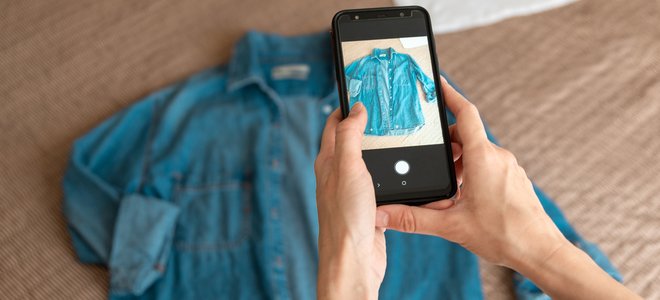 1 hours • Beginner
1 hours • Beginner
It might sound merely like another financial challenge, but the Buy Nothing Project is a gifting movement designed to build stronger local communities and bring neighbors together through common goals.
How It Began
The Buy Nothing Project was started by two friends in 2013. Rebecca Rockefeller and Liesl Clark shared a passion for upholding the three R’s—Reduce, reuse, recycle—and decided to find a way to connect similarly-minded people.
The idea was to create a gift economy, basically defined as giving away items one no longer wants or needs. The friends started developing the community in their area of Bainbridge Island, Washington, and the project became a movement from there.
What It Is Now
The Buy Nothing Movement spread through regional areas and across social media, connecting people wanting to give away household goods, garden-fresh food, vehicles, and anything else they had in abundance or no longer needed. According to their website, “As of July 2021, the Buy Nothing Project has at least 4.25 million participants in 44 countries, with over 6,500 communities led by more than 13,000 volunteers.”

Structure
This is a grass-roots movement with no financial backing, run completely by volunteers. That means over four million people are committed to following the guidelines of the Buy Nothing Project. This includes keeping groups hyper-local with strict geographical limitations in regards to who can join. Another principle is the belief in abundance. It’s a mindset that generates generosity. Every member must agree to be respectful, honest, inclusive, and interact with integrity. Furthermore, gifting is at the foundation of the movement, so there is no buying, selling, trading, or bartering allowed.
Building Communities
The Buy Nothing Project was started with the idea of minimizing waste by finding new homes for items that may otherwise end up in the landfill. However, that goal is married with the idea of strengthening the threads of community.
Organizers, volunteers, and members encourage communication between members. The goal is to open the doors to sharing abundance and build relationships along the way. While members can receive, gift, share, borrow and lend, a larger goal of the community is to build trust between neighbors.

How to Find Your Buy Nothing Community
Organizers can set up a community in a variety of ways, online or offline. The easiest way to search for a community near you is through Facebook. Administrators will likely ask a few questions to make sure you live within the community and understand the gifting economy basics. Recently, organizers launched a new app to make the process easier. Download the app and input your location to find a community around you. From there, you can list items you would like to gift or post a request for an item you’re in search of (iso).
If you don’t have a Buy Nothing Project community set up in your area, you can start one. The Buy Nothing Project website provides training on how to set up a community and also links to a variety of resources for support. They not only lay out the step-by-step plan for building your gift economy, but the training embraces the philosophies of diversity, social justice, and equity as part of the Buy Nothing mindset.
What’s Next for the Buy Nothing Movement
The project has been incredibly successful for the past eight years, and there’s no end in sight for that growth. New communities are popping up all the time. As a result of the Covid-19 pandemic, there are supply chain shortages everywhere, breathing new life into the idea of upcycling and buying used. It’s also appealing for people who are in transition—gifting items as they move or receiving items they may need in their new location.
While the Buy Nothing movement continues to spread across social media, the co-founders have also released a new book titled, “Buy Nothing, Get Everything, and Discover the Joy of Sharing More, Spending Less, and Living Generously,” available for purchase or at many local libraries.
Share this article
Source link : https://www.doityourself.com/stry/what-is-the-buy-nothing-movement












